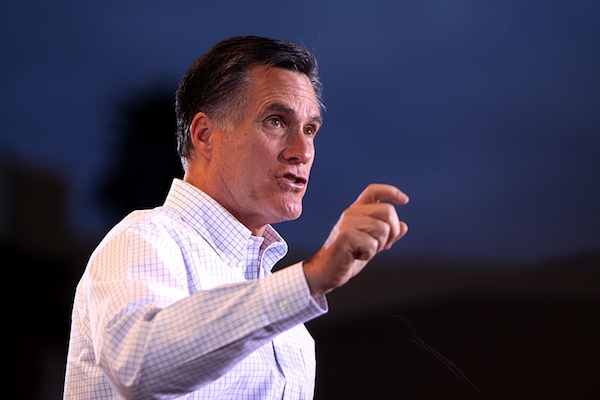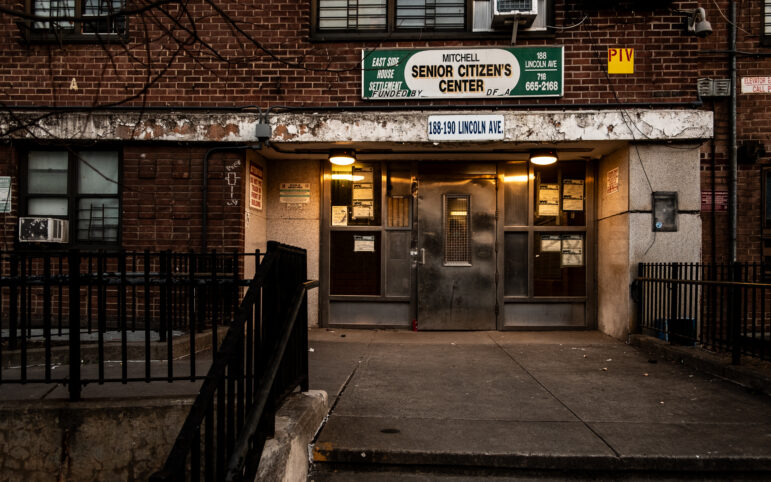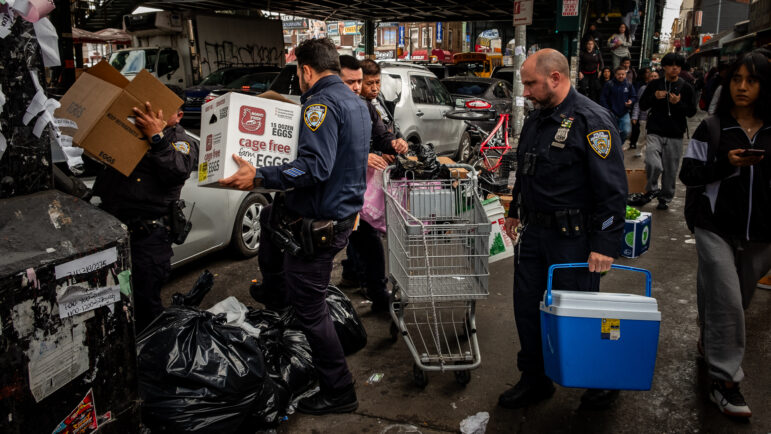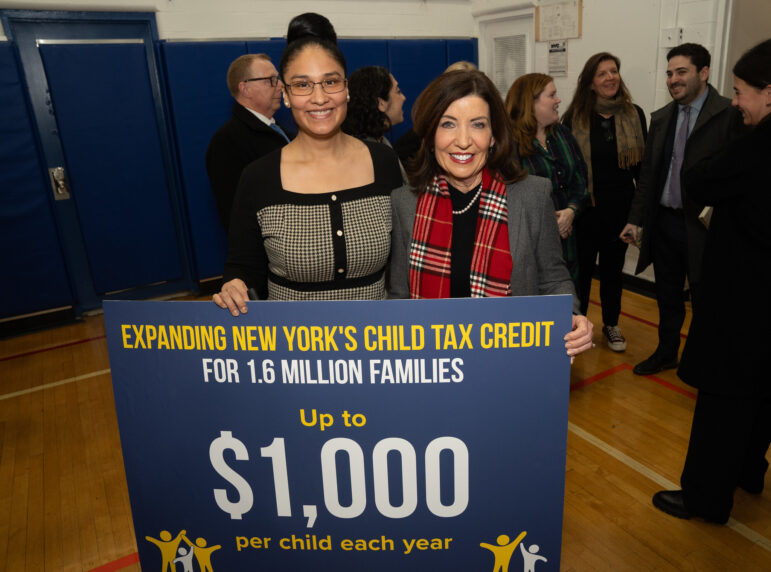
Photo by: Gage Skidmore
Three weeks and change from a presidential election, ’tis the season for New York City—in spite of being a global capital, the largest U.S. city and a favorite stop for political fundraisers—to feel sidelined. The world’s attention is focused on the handful of swing states that are truly in play on November 6, not on a liberal city in a reliably Democratic state.
This is especially true in Brooklyn, the second-most heavily Democratic jurisdiction among New York’s 62 counties. Only in the Bronx do Dems claim a larger share of voters, and because Brooklyn is more populous than the Bronx, it has twice as many registered Democrats—nearly a million of them. Over the past three national elections the Democrats’ already steep registration advantage in Brooklyn has only grown, from 6.7-to-1 in 2000 to 7.7-to-1 as of April 2012.
But New York City’s blue tint is not total: In 2008, Arizona Sen. John McCain, the GOP nominee, received more votes in New York City (about 525,000) than he did in 16 small states, including eight that he won.
And in Brooklyn itself, McCain bested Obama in four assembly districts—in two of them by a substantial margin. What’s more, over the 2000 to 2008 span, the Republican share of the presidential vote grew in the majority of Brooklyn assembly districts (although the comparison is distorted by the 2002 redistricting).
Red Brooklyn
Brooklyn’s Republican country is concentrated in the borough’s southeast, roughly from Dyker Heights through Bensonhurst to Sheepshead Bay. Not surprisingly, the area mirrors the district represented by State Sen. Martin Golden, one of only three Republicans in the city’s delegation.
McCain’s strongest showing four years ago was in the 48th Assembly district, encompassing parts of Dyker Heights and Borough Park and represented in Albany by conservative Democrat Dov Hikind. The Republican nominee nabbed 71 percent of the vote to then-Sen. Barack Obama’s 29 percent. In 2004, President Bush took a similar proportion of the District 48 vote (69 percent) over Democratic nominee and Massachusetts Sen. John Kerry (30 percent).
McCain also followed Bush to win the 45th Assembly district, which covers neighborhoods like Gerritsen Beach and Midwood. In both ’04 and ’08, Republicans took more than 60 percent of the vote there. Similarly, the 49th district (which covers parts of Dyker Heights and Bensonhurst) went for the GOP with 53 percent of the vote for both Bush and McCain.
Stark differences
If there’s a swing district in Brooklyn, it’s the 47th district (Bensonhurst, Bath Beach, Gravesend). Kerry narrowly won the area eight years ago, barely getting 50 percent. Last time around McCain took the area by 51 to 48. Strikingly, no other part of Brooklyn is nearly as evenly divided as the 47th A.D. In the 17 Brooklyn districts Obama won, he took at least 57 percent of the vote in all of them—and more than 70 percent in all but two.
Presidential voting is not the only thing that could be seen to separate Republican-friendly Brooklyn from the rest of Kings County. According to data from NYU’s Furman Center, the neighborhoods that anchor these assembly districts are significantly whiter and have substantially higher homeownership rates than Brooklyn as a whole.
New York State hasn’t gone Republican in a presidential race since President Reagan’s landslide victory in 1984, and polls suggest it’s highly unlikely it will this time. But since the 2000 president election, the national popular vote has taken on increased symbolic importance. With surveys suggesting the 2012 race could be very close, Brooklyn’s Republican votes could matter more to the popular tally than the one that “counts.”
However, even before the votes are tallied, Republican nominee Mitt Romney has reason to thank Brooklyn’s GOP loyalists. A search of the Federal Elections Commission database for contributions so far this year from the zip codes encompassed by those four Republican-friendly Assembly districts finds more than $12,000 in donations to Romney for President—although Ron Paul, Newt Gingrich and Republican party organizations also garnered some of red Brooklyn’s green.








